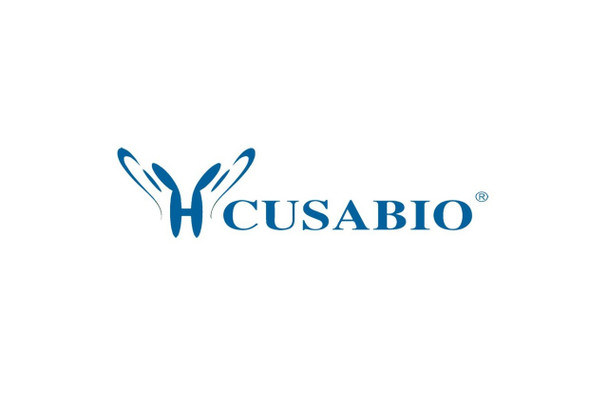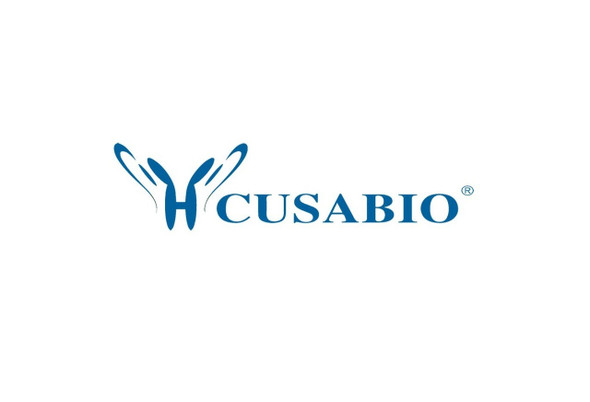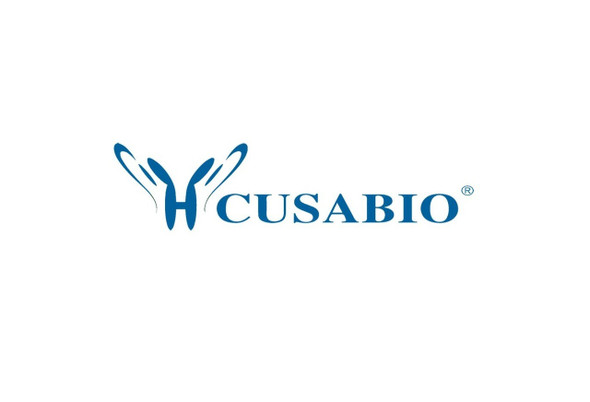Cusabio Human Recombinants
Recombinant Human Proteasome subunit alpha type-7 (PSMA7), partial | CSB-RP013354h
- SKU:
- CSB-RP013354h
- Availability:
- 13 - 23 Working Days
Description
Recombinant Human Proteasome subunit alpha type-7 (PSMA7), partial | CSB-RP013354h | Cusabio
Alternative Name(s): Proteasome subunit R;C6-1;Proteasome subunit XAPC7
Gene Names: PSMA7
Research Areas: Immunology
Organism: Homo sapiens (Human)
AA Sequence: RAITVFSPDGHLFQVEYAQEAVKKGSTAVGVRGRDIVVLGVEKKSVAKLQDERTVRKICALDDNVCMAFAGLTADARIVINRARVECQSHRLTVEDPVTVEYITRYIASLKQRYTQSNGRRPFGISALIVGFDFDGTPRLYQTDPSGTYHAWKANAIGRGAKSVREFLEKNYTDEAIETDDLTIKLVIKALLEVVQSGGKNIELAVMRRDQSLKILNPEEIEKYVAEI
Source: E.coli
Tag Info: N-terminal GST-tagged
Expression Region: 5-232aa
Sequence Info: Partial
MW: 52.4 kDa
Purity: Greater than 90% as determined by SDS-PAGE.
Relevance: The proteasome is a multicatalytic proteinase complex which is characterized by its ability to cleave peptides with Arg, Phe, Tyr, Leu, and Glu adjacent to the leaving group at neutral or slightly basic pH. The proteasome has an ATP-dependent proteolytic activity. Plays an important role in the regulation of cell proliferation or cell cycle control, transcriptional regulation, immune and stress response, cell differentiation, and apoptosis. Interacts with some important proteins involved in transcription factor regulation, cell cycle transition, viral replication and even tumor initiation and progression. Inhibits the transactivation function of HIF-1A under both normoxic and hypoxia-mimicking conditions. The interaction with AP2 increases the proteasome-mediated HIF-1A degradation under the hypoxic conditions. Plays a role in hepatitis C virus internal ribosome entry site-mediated translation. Mediates nuclear translocation of the androgen receptor (AR) and thereby enhances androgen-mediated transactivation. Promotes MAVS degradation and thereby negatively regulates MAVS-mediated innate immune response.
Reference: Proteasome complex as a potential cellular target of hepatitis B virus X protein.Huang J., Kwong J., Sun E.C.-Y., Liang T.J.J. Virol. 70:5582-5591(1996)
Storage: The shelf life is related to many factors, storage state, buffer ingredients, storage temperature and the stability of the protein itself. Generally, the shelf life of liquid form is 6 months at -20?/-80?. The shelf life of lyophilized form is 12 months at -20?/-80?.
Notes: Repeated freezing and thawing is not recommended. Store working aliquots at 4? for up to one week.
Function: Component of the 20S core proteasome complex involved in the proteolytic degradation of most intracellular proteins. This complex plays numerous essential roles within the cell by associating with different regulatory particles. Associated with two 19S regulatory particles, forms the 26S proteasome and thus participates in the ATP-dependent degradation of ubiquitinated proteins. The 26S proteasome plays a key role in the maintenance of protein homeostasis by removing misfolded or damaged proteins that could impair cellular functions, and by removing proteins whose functions are no longer required. Associated with the PA200 or PA28, the 20S proteasome mediates ubiquitin-independent protein degradation. This type of proteolysis is required in several pathways including spermatogenesis (20S-PA200 complex) or generation of a subset of MHC class I-presented antigenic peptides (20S-PA28 complex). Inhibits the transactivation function of HIF-1A under both normoxic and hypoxia-mimicking conditions. The interaction with EMAP2 increases the proteasome-mediated HIF-1A degradation under the hypoxic conditions. Plays a role in hepatitis C virus internal ribosome entry site-mediated translation. Mediates nuclear translocation of the androgen receptor (AR) and thereby enhances androgen-mediated transactivation. Promotes MAVS degradation and thereby negatively regulates MAVS-mediated innate immune response.
Involvement in disease:
Subcellular Location: Cytoplasm, Nucleus
Protein Families: Peptidase T1A family
Tissue Specificity:
Paythway:
Form: Liquid or Lyophilized powder
Buffer: If the delivery form is liquid, the default storage buffer is Tris/PBS-based buffer, 5%-50% glycerol. If the delivery form is lyophilized powder, the buffer before lyophilization is Tris/PBS-based buffer, 6% Trehalose, pH 8.0.
Reconstitution: We recommend that this vial be briefly centrifuged prior to opening to bring the contents to the bottom. Please reconstitute protein in deionized sterile water to a concentration of 0.1-1.0 mg/mL.We recommend to add 5-50% of glycerol (final concentration) and aliquot for long-term storage at -20?/-80?. Our default final concentration of glycerol is 50%. Customers could use it as reference.
Uniprot ID: O14818
HGNC Database Link: HGNC
UniGene Database Link: UniGene
KEGG Database Link: KEGG
STRING Database Link: STRING
OMIM Database Link: OMIM










